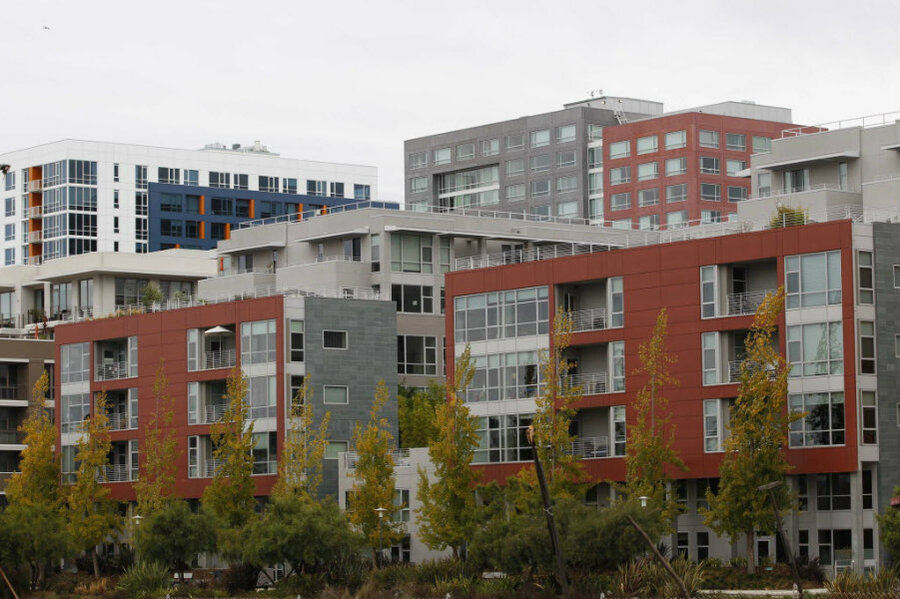San Francisco landlord quadruples tenant's rent. Is the middle class being priced out of cities?
It’s every tenant’s nightmare.
Earlier this month, Debra Follingstad of San Francisco’s Bernal Heights neighborhood received a notice from her landlord: Starting May 5, her current rent of $2,145 will increase to $8,900, and her security deposit is set to go up to $12,500. And it all appears to be legal.
“There are no chances of coming up with that money,” Ms. Follingstad told ABC7 News. “I can’t even wrap my head around it.”
While Follingstad’s particular situation is unusual in scale, her experience serves as a reminder of the reality that rent prices in many metro areas across the country continue to rise beyond the reach of the American middle class.
When Follingstad first moved into the top floor of the two-unit Bernal Heights building a decade ago, another tenant was living in the ground floor apartment. The building was thus considered a makeshift multi-unit, and protected by the same 1979 rent ordinance that covers traditional multi-unit properties in San Francisco.
After the bottom-unit tenant moved out last year, owner Nadia Lama began changing the building’s status, SF Curbed first reported. The landlord removed the apartment’s stove, sink, and toilet, converting the place into a storage area, which Ms. Lama let Follingstad use.
The changes officially turned the building from a multi-unit property into the single-family home it actually was – which means that it no longer falls under the 1979 ordinance, allowing Lama to increase the rent.
“I never expected this,” Follingstad told local news site SFGate. “When I received the legal notice, I felt sick to my stomach. It’s so outrageous and I never imagined anything like this could be legal.”
It’s unlikely that 400-percent rent hikes are occurring all over the country. But as a confluence of factors push more people in the United States to choose to rent instead of own, the price of rentals have shot up, The New York Times reported last year.
A 2013 Harvard study, cited by the Times, found that about half of all renters in the US were spending more than 30 percent of their income on housing, up from just under 40 percent in 2000. Comparing data from 1985 to 2000 and today, real estate website Zillow calculated that renters across the nation are spending about 19 percent more of their incomes on rent than in the pre-recession period.
“In fact, in some parts of the country such as Los Angeles, Miami, and San Francisco, the average household would need to spend over 40 percent of their income to rent the average home,” according to Zillow.
The Wall Street Journal also reported that in 2014, rents were up in 79 metro areas, with the national average increase at 3.6 percent.
Nor have things improved much in the first three months of this year, as the disparity between rent and income growth continued to widen, even amid a recovering labor market and national economy, according to the National Association of Realtors.
“In the past five years, a typical rent rose 15 percent while the income of renters grew by only 11 percent,” Lawrence Yun, the association’s chief economist, said in a statement. “The gap has worsened in many areas as rents continue to climb and the accelerated pace of hiring has yet to give workers a meaningful bump in pay.”
For Follingstad, there are a few bright spots. The San Francisco Rent Board has urged her to file a complaint with their office and request a hearing, according to ABC7 News.
An outpouring of support also came from social media as thousands of commenters expressed their outrage after Follingstad posted the rent notice online.
“I'm very, very, very overwhelmed,” she told ABC7, “and I’m so thankful for the community support that I was given.”









